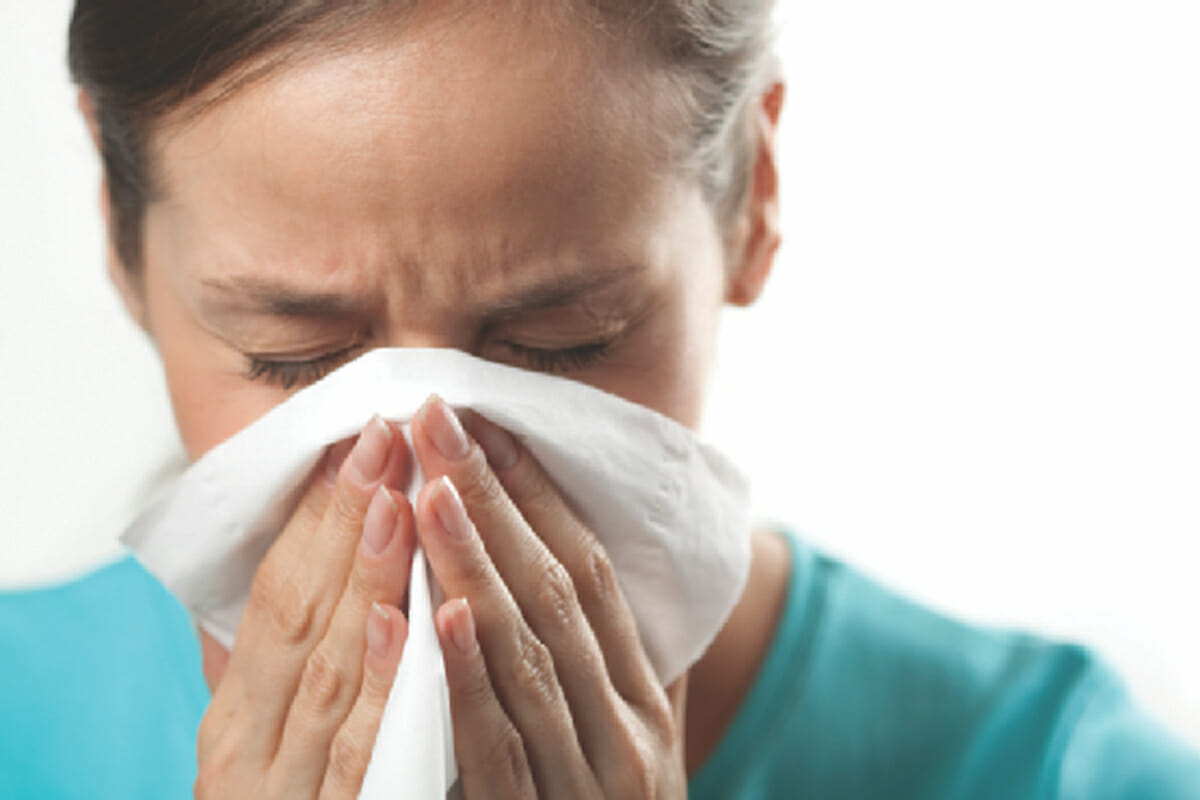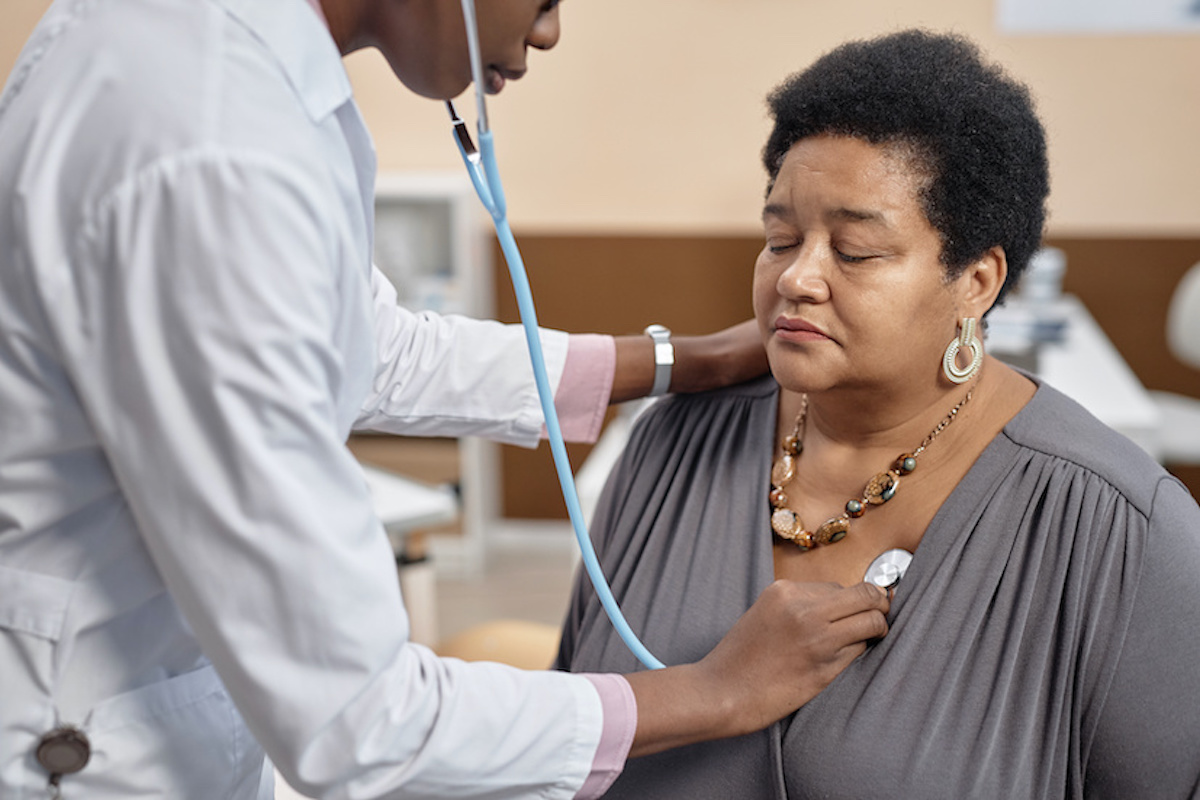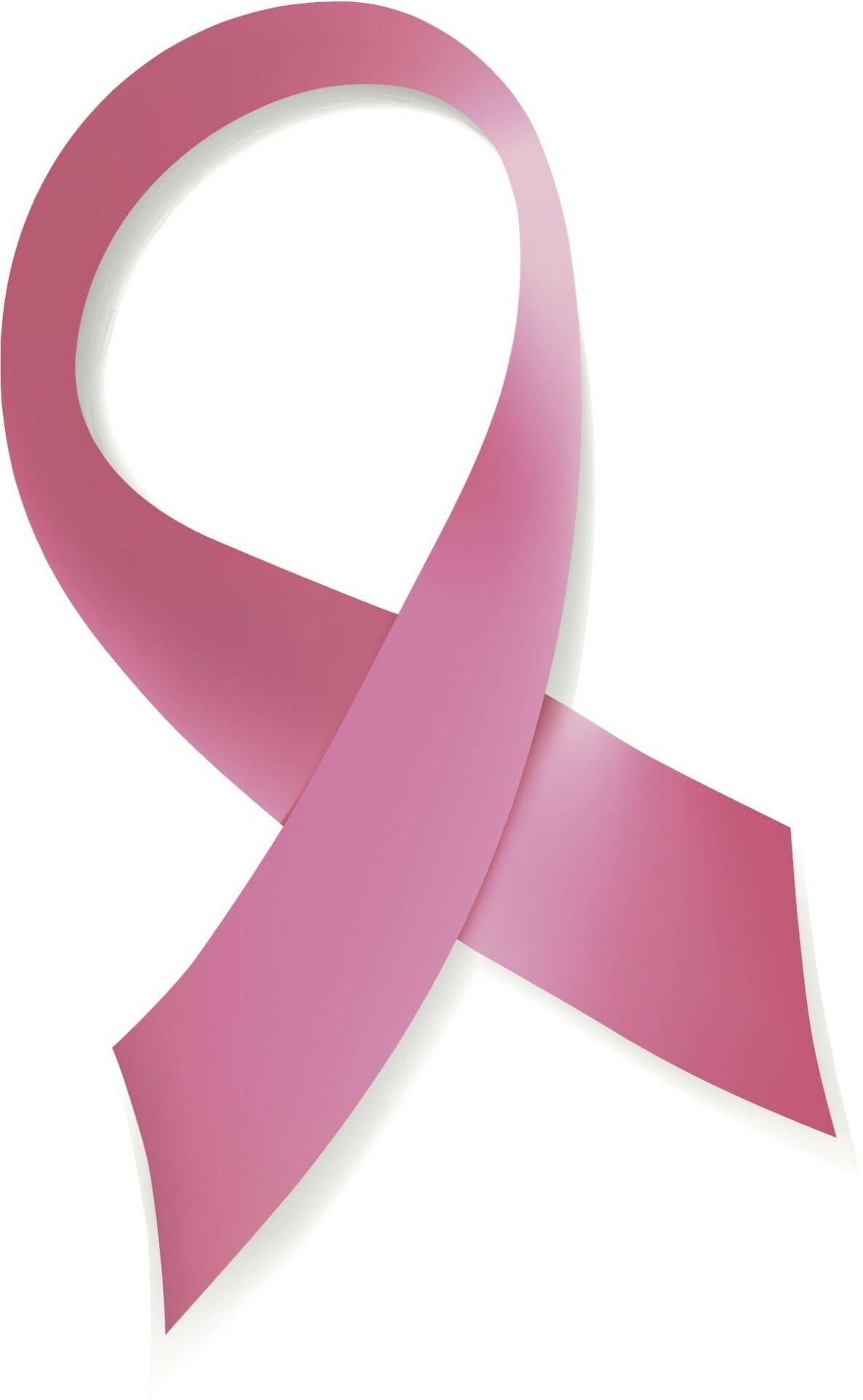Warmer temperatures lead to more pollen production, so 2021 may be the most intense allergy season yet.
The science proves it: Allergies will be worse this year. According to recent research and forecasting, 2021 is shaping up to be a brutal allergy year. Just like 2020, 2019, and 2018 were before it. The length and intensity of pollen seasons are growing, in large part due to climate change. If the planet continues to warm, experts anticipate that miserable allergies will be the norm. A recent study found that pollen season increased by 20 days annually between 1990 and 2018. At the same time, pollen concentrations— at least in North America— have increased by 21% during the same time period. In other words, pollen season lasts a lot longer than it did before, and because there’s more pollen in the air, more people are being affected.
“Plants breathe in carbon dioxide, and carbon dioxide levels are increasing on Earth as a side effect of climate change,” allergist and immunologist Purvi Parikh, MD, told Well+Good. “It’s like the plants are on steroids, with mega-pollinator plants producing more pollen and for longer periods of time.”
https://www.refinery29.com/en-us/2021/05/10479537/why-are-allergies-so-bad-right-now
Seasonal allergies, like other types of allergies, develop when the body’s immune system overreacts to something in the environment, usually during spring, summer or fall when certain plants pollinate.
The most common culprit for fall allergies is ragweed, a plant that grows wild almost everywhere, but especially on the East Coast and in the Midwest. Ragweed blooms and releases pollen from August to November. In many areas of the country, ragweed pollen levels are highest in early to mid-September.
The following climate factors also can influence how bad your symptoms might be:
Tree, grass and ragweed pollens thrive during cool nights and warm days.
Molds grow quickly in heat and high humidity.
Pollen levels tend to peak in the morning hours.
Rain washes pollen away, but pollen counts can soar after rainfall.
On a day with no wind, airborne allergens are grounded.
When the day is windy and warm, pollen counts surge.
“Allergy shots, or immunotherapy, allergen immunotherapy, is a useful thing to do. It’s useful not only because it helps with your symptoms, but it’s truly disease-modifying. It actually makes you less allergic.”
–Allergist Richard
Weber, Md
More than two-thirds of spring allergy sufferers have year-round symptoms. Your best resource for finding what’s causing your suffering and stopping it, not just treating the symptoms, is an allergist.
Work together with your allergist to devise strategies to avoid your triggers:
Monitor pollen and mold counts. Weather reports in newspapers and on radio and television often include this information during allergy seasons.
Keep windows and doors shut at home and in your car during allergy season.
To avoid pollen, know which pollens you are sensitive to and then check pollen counts. In spring and summer, during tree and grass pollen season, levels are highest in the evening. In late summer and early fall, during ragweed pollen season, levels are highest in the morning.
Take a shower, wash your hair and change your clothes after you’ve been working or playing outdoors.
Wear a NIOSH-rated 95 filter mask when mowing the lawn or doing other chores outdoors and take appropriate medication beforehand.
Your allergist may also recommend one or more medications to control symptoms. Some of the most widely recommended drugs are available without a prescription (over the counter); others, including some nose drops, require a prescription.
If you have a history of prior seasonal problems, allergists recommend starting medications to alleviate symptoms two weeks before they are expected to begin.
SEASONALLY RELATED TRIGGERS
While the term “seasonal allergies” generally refers to grass, pollen and mold, there is a different group of triggers that are closely tied to particular seasons. Among them:
Smoke (campfires in summer, fireplaces in winter)
Insect bites and stings (usually in spring and summer)
Chlorine in indoor and outdoor swimming pools
Candy ingredients (Halloween, Christmas, Valentine’s Day, Easter)
Pine trees and wreaths (Thanksgiving to Christmas)
SOURCE: https://acaai.org/ allergies/allergic-conditions/seasonal-allergies
Exclusive content from CARE magazine











